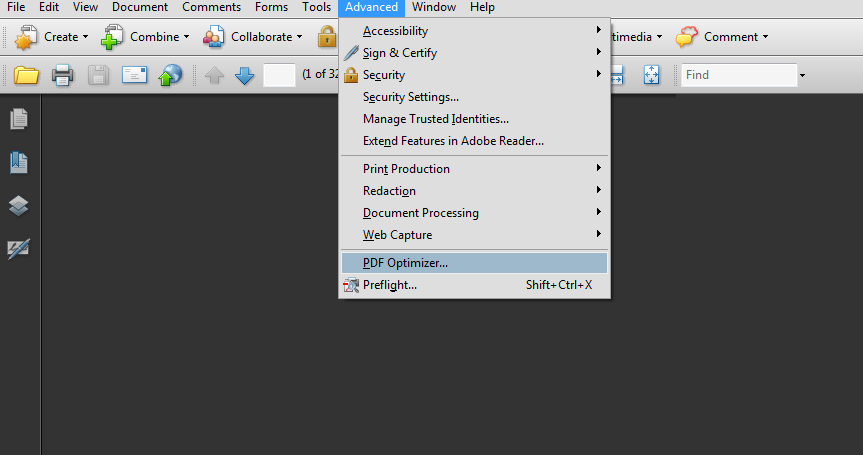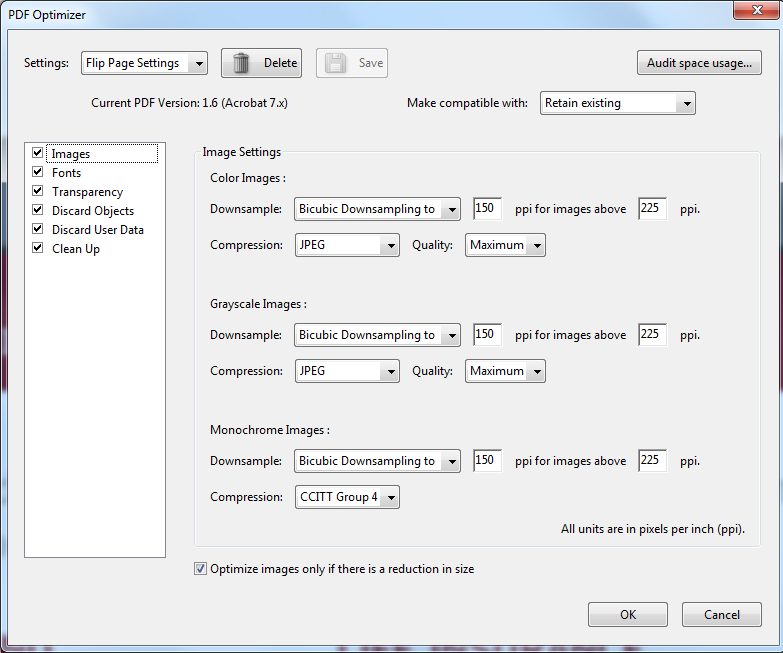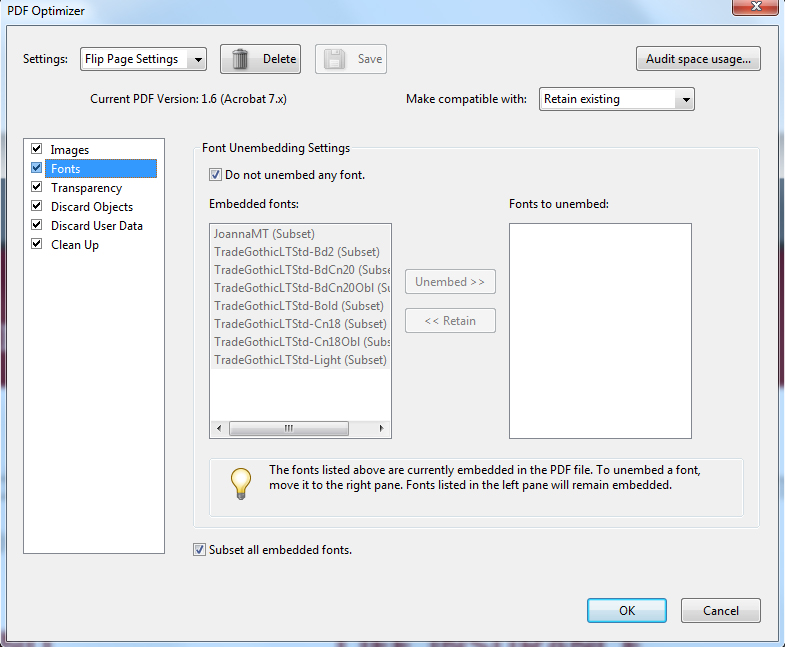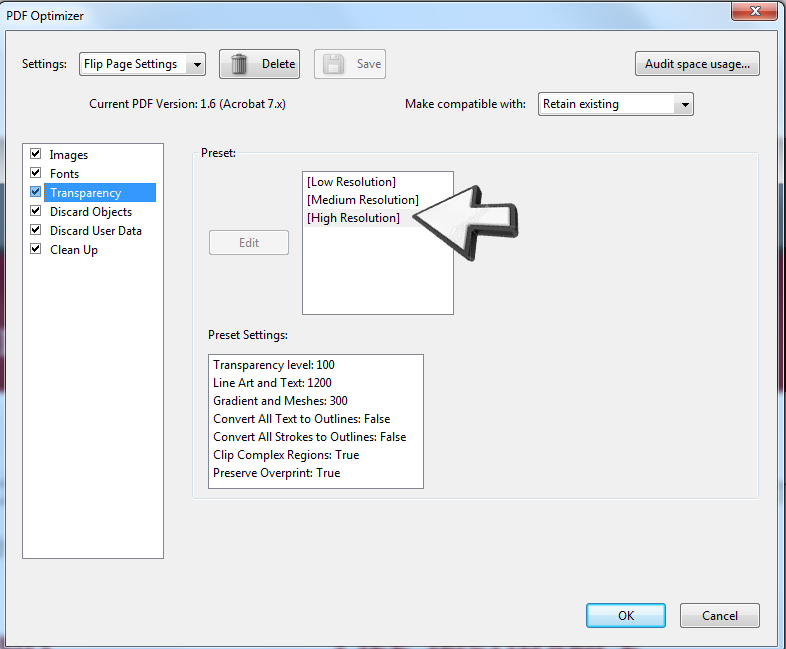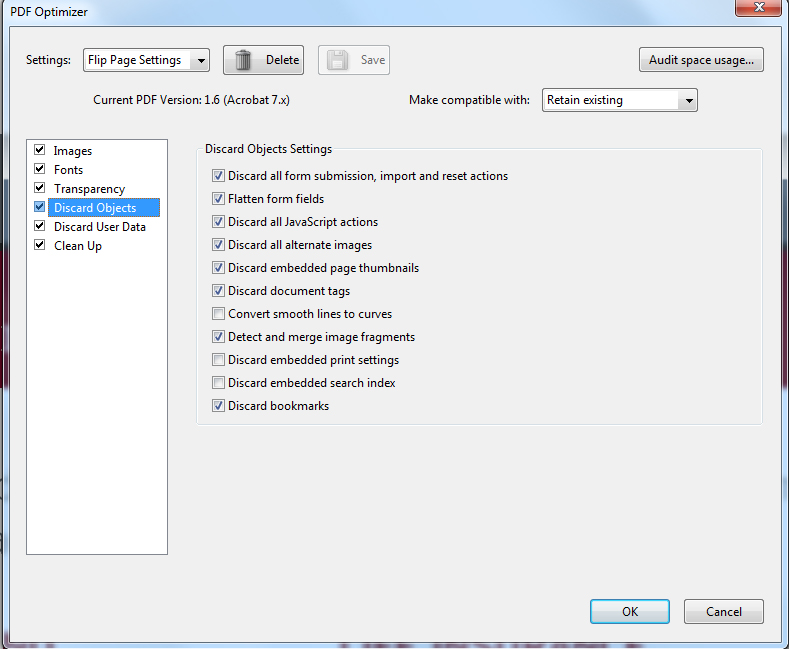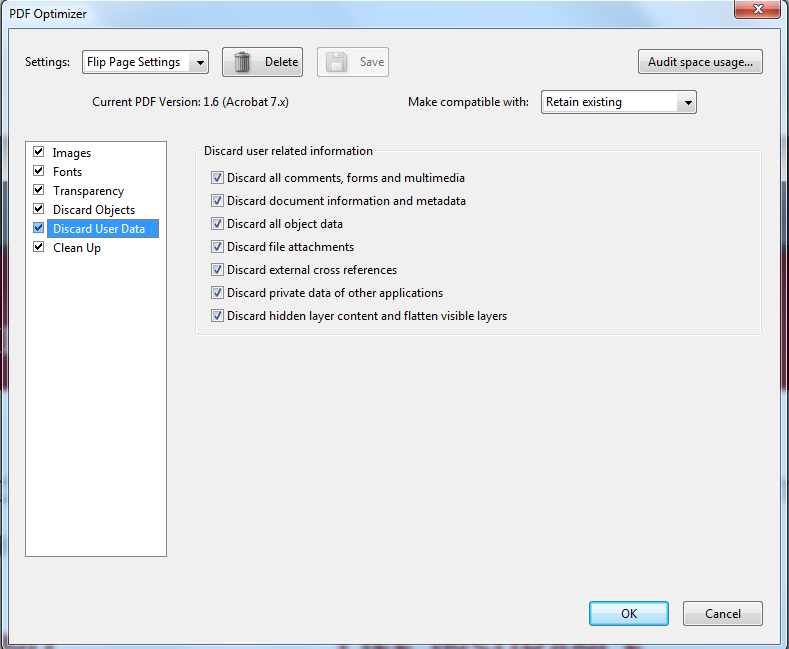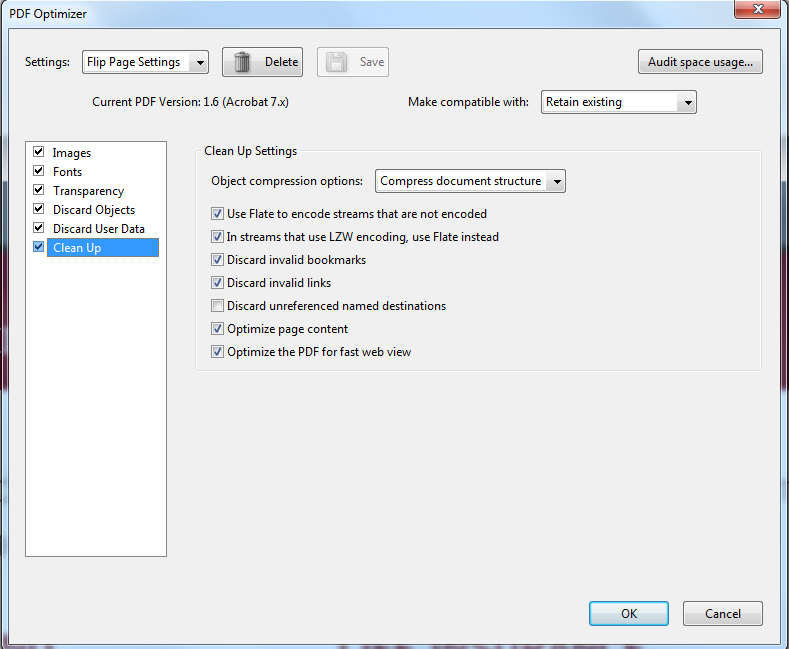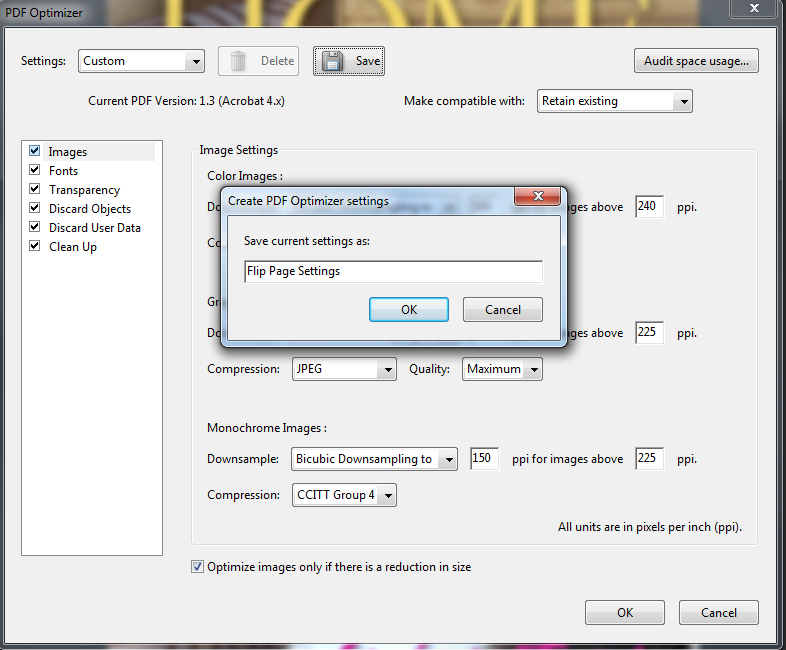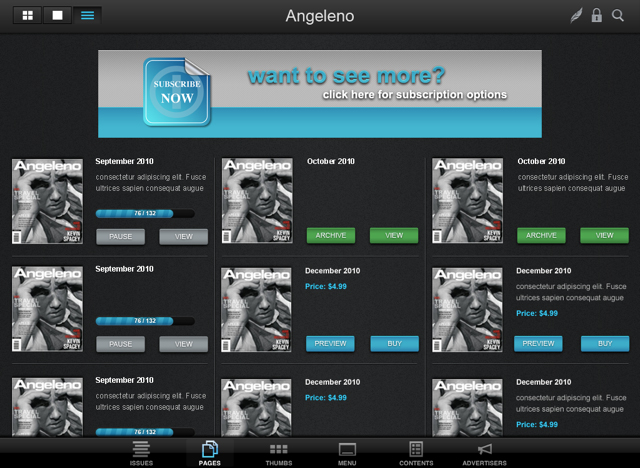‘My Name is URL’
A Flip Page Feature Highlight
It may not generate the same hearty laughter as the Jason Lee comedy but let’s not underestimate the other ‘URL’. URL is the lazy linguists acronym for Universal Resource Locator but it is more commonly referred to as ‘web address’. A ‘URL’ consists of a couple of fixed bits of information such as a protocol name (usually the ‘http’ part) as well as a server name (‘www’ for example) and typically concludes with a domain name (ie. domain.com).

Flip Page Publishing provides a number of URL strings with which you can publish your digital print media. As an example, our dashboard offers white labelled direct URL’s such as ‘www.flippubs.com’ and ‘www.flippubs.net’. But there are a number of additional options available that you may not be aware of. If you are looking for alternatives to the above continue reading.
1. Direct URL – Located in the Flip Page Publishing dashboard, the Direct URL is the web address that is used to actively link to a specific publication or more accurately an issue of that publication. Each publication or issue of a publication has its own unique URL that is generated each time a new project is converted. The Direct URL can be accessed in the dashboard by clicking on the ‘Flipping Code’ button in the dashboard.
Sample Direct URL - http://flippubs.com/publication/?i=85813
2. Auto-updating URL – An auto-updating URL offers an added capability in comparison to the Direct URL. An auto-updating URL feeds the most recently activated issue of a publication. This type of URL is commonly used by publishers whose content updates frequently. It prevents a publisher from having to manually update their website on a frequent basis since the newest content is always delivered via the auto-updated URL. The Auto-updating URL can be found in the dashboard by clicking on the ‘Flipping Code’ button in the dashboard.
Sample Auto-updating URL -
3. Clean URL’s – Unlike the comedy series character, Flip Page URL’s can be cleaned up from their native or standard format. From above you are likely familiar with the common string of ‘http://flippubs.com/publication/?i=85813’. However you have the option of using a Clean URL to replace the Direct URL string. A Clean URL has a more traditional look than our standard Direct URL. Notice in the samples below that the Clean URL offers the same content despite the varied appearance of the URL.
Sample Direct URL – http://flippubs.com/publication/?i=85813
Sample Clean URL - http://flippubs.com/view/flippage+test+account/flip+page+publishing/features+brochure
4. Shortened URL’s – There are a number of different URL shortening services available on the web. Examples are https://bitly.com/, http://goo.gl/, http://tinyurl.com/, and http://ow.ly/url/shorten-url. These third party sites not only provide the option of rendering your Flip Page URL into a simple short string of characters but some also provide added capabilities. Some of these added functions include sharing, organizing, and tracking the shortened URL. These technologies are not part of the Flip Page dashboard but can be accessed from the links above.
Sample Shortened URL - http://tinyurl.com/9f32b3q
5. Masked Domains – a masked domain involves hiding the true or intended URL of a website or page from the user’s URL bar in the web browser. This is an ideal method for clients who are looking to maintain brand continuity among their web based media while still harnessing the benefits of our digital print media.
Sample ‘unmasked domain’ - http://www.flippubs.com/publication?i=107307
Sample ‘masked domain’ - http://emags.oraclefantasysports.com/publication?i=107307
Domain masking does require access to the DNS records of your domain as well as some modification in the Flip Page dashboard.
6. Inline Frame or i-Frame – An i-Frame is a technique that allows you to wrap the content of a web page within another page. It is supported on all major web browsers. Some additional information can be found here http://www.w3schools.com/html/html_iframe.asp It involves adding a small snippet of code to a page to ‘wrap’ the content. Here is an example of a client who has used an i-Frame to embed their digital publication into a page on their website. Notice that the actual URL of the publication is not displayed since the content has been embedded in a page on their website using an i-Frame.
Sample Direct URL - http://www.flippubs.com/publication?i=80757
Sample i-Framed URL - http://www.thecurlingnews.com/online_issue/index.html
7. Shadowbox – a shadowbox is a web based media viewer which provides the publisher the ability to link to additional web content without the end user navigating to another page or site. This application also hides the URL of the Flip Page edition since it is not opening a new browser window. Once again, the shadowbox application is supported on all major web browsers. Shadowbox is a third party application that does require a small licensing fee to use within a publishers website. More information can be found here - http://www.shadowbox-js.com/
Sample Shadowbox - http://flippagepublishing.com/demo/ (click on the Colonel Littleton Catalogue)
8. Branded Domain – Flip Page Publishing offers the ability to publish all of your content to your own domain with your own branded Admin Dashboard. However, there is a related cost to this feature. Please consult with your account representative for more information.
The message here is quite simple. When it comes to URL’s, whether the intention is to protect brand identity or hide the host domain, the options are endless.


